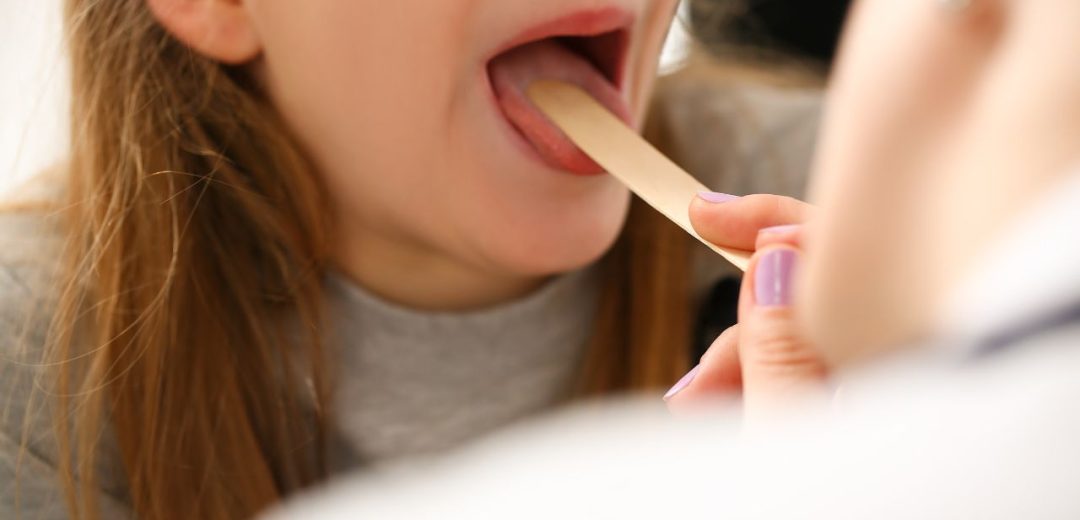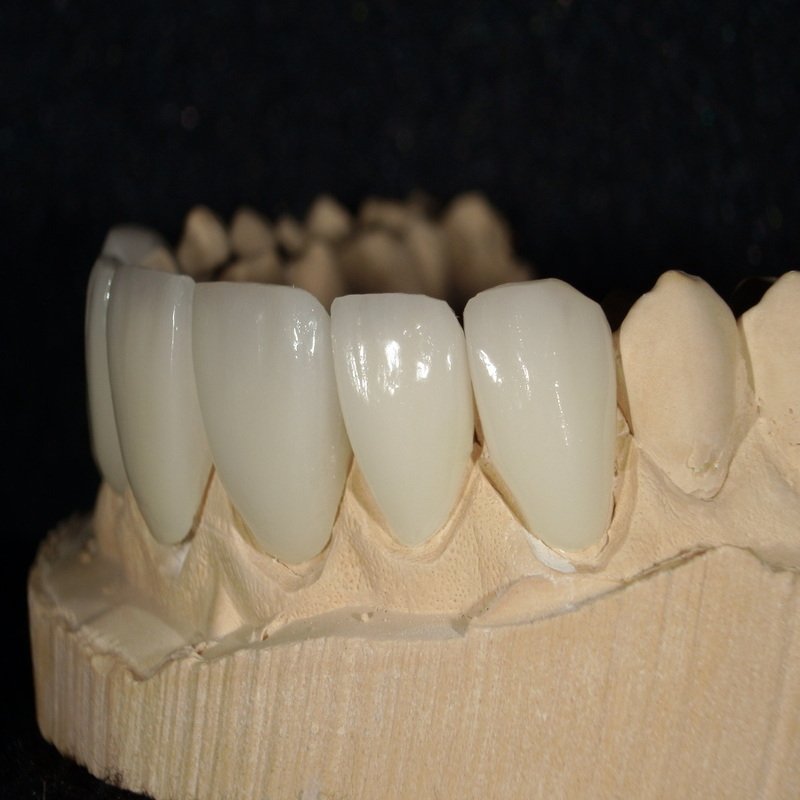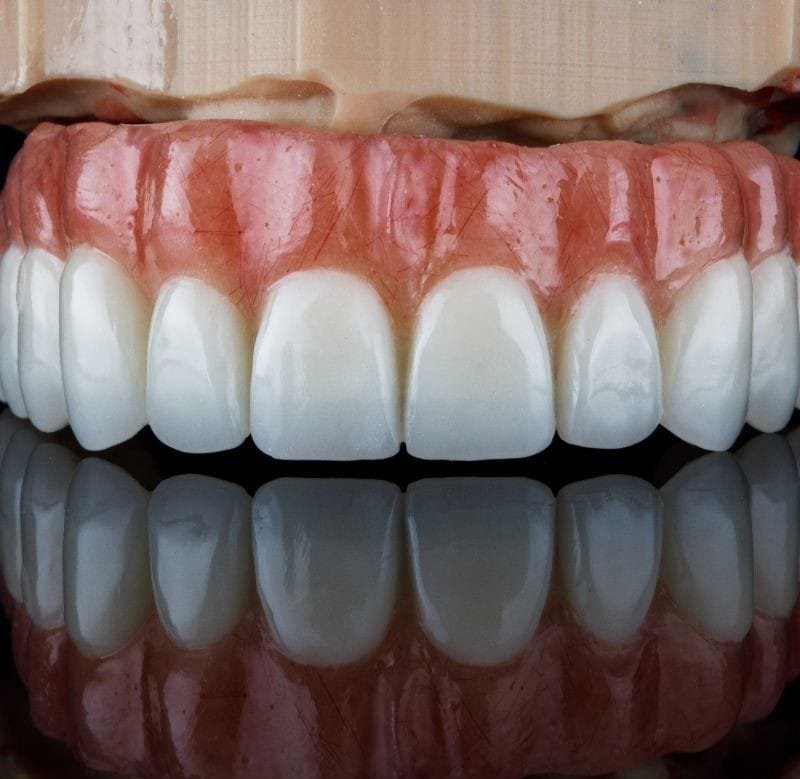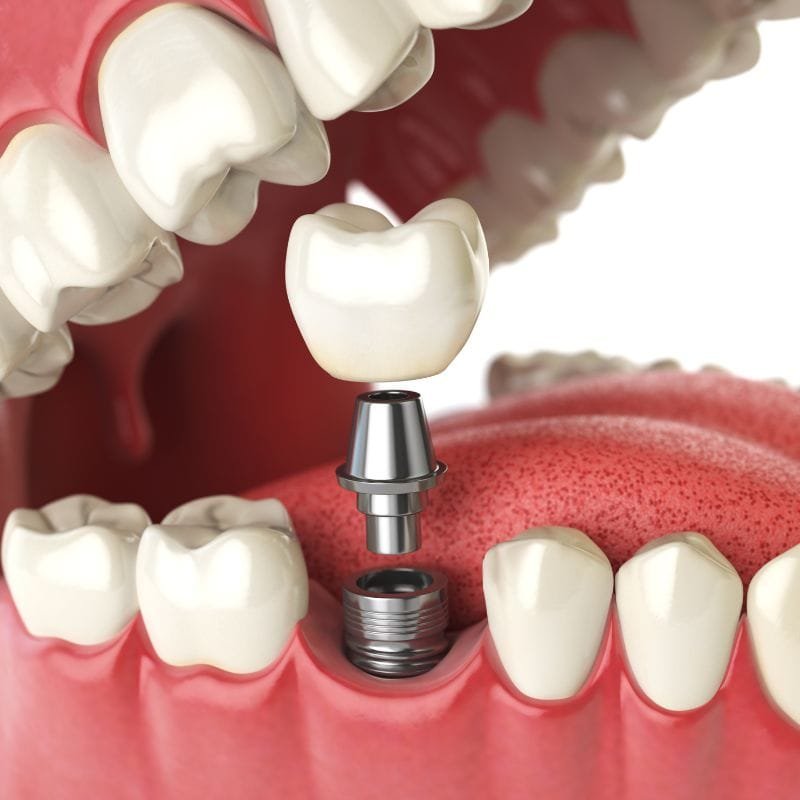9 Questions And Answers About Leukoplakia
We gathered the most frequently asked questions about leukoplakia to help you maintain your oral health in the best possible shape.
If you recently noticed patches on your mouth or consume tobacco, this article will be helpful. You’ll learn a little bit more about how this disease affects your oral health, what you can do to prevent it, and how to treat it.
1.- What Is Leukoplakia?
It is a condition in which the tongue, gums, inside of the cheek, and sometimes the outer female genitals develop thick, white patches.
Leukoplakia differs from other causes of white spots, such as thrush or lichen planus, in that it can potentially progress to oral cancer. It is usually benign, but it’s best to consult your dentist immediately if you notice it.

2.- What Causes Leukoplakia?
Although the exact origin of it is unknown, it appears that persistent irritation, like the one caused by tobacco use, including smoking and chewing, is to blame in the majority of cases.
Regular users of smokeless tobacco products frequently develop leukoplakia, which is the case of pressing tobacco against your cheeks.
Other causes are:
- Rough, uneven teeth, fillings, crowns, or dentures that don’t fit you properly rub against your cheek or gums.
- Long-term alcohol consumption
- HIV/AIDS (research shows that people with this condition are more likely to develop leukoplakia, although there’s not enough evidence to prove an evident connection).
3.- What Is Oral Hairy Leukoplakia?
Oral hairy is a mucosal illness. The Epstein-Barr virus (EBV), commonly known as human herpesvirus 4, is linked to it. It happens more often in those with an HIV-positive diagnosis. However, it has also been present in HIV-negative individuals.
You can identify it by the white hairy patches with folds that appear to have hair growing. You can detect these spots most commonly on the tongue, although they can also occur in other mouth areas.
Something to consider is that since hairy leukoplakia is a benign illness with a low morbidity rate and tends to go away on its own, some cases do not require treatment.
4.- What Does Leukoplakia Look Like?
Inside your mouth, you will notice unusual-looking spots. These patches can have a variety of appearances and may include the following characteristics:
- White or grayish patches.
- Patches usually have thick, raised edges with a hard surface.
- With hairy leukoplakia, you’ll notice patches being fuzzy or hairy.
- It’s also possible (but rare) to get prominent, red lesions, which are more likely to show precancerous alterations.
Having redness is an indication that you should visit the doctor right away.
5.- Does Leukoplakia Hurt?
Although the patches look pretty painful and uncomfortable, leukoplakia doesn’t usually hurt and may even go unnoticed when developing.
On the other hand, people who suffer from an underlying illness, such as cancer, could experience some pain. The patches could also become sensitive to touch when you eat hot, spicy foods or any other type of irritation.
6.- Can Leukoplakia Be Scraped Off?
You should see a doctor who can determine if the patches are legitimately leukoplakia. You could mistake the condition for oral thrush.
Thrush is a yeast infection that affects your mouth. The patches from that condition are usually softer than those caused by leukoplakia. They are also prompt to bleed more easily.
Unlike oral thrush, though, you can’t scrape off leukoplakia patches. You’ll likely need other tests by your healthcare physician to determine the cause of your spots.
7.- How To Get Rid of Leukoplakia?
When one of the patches is discovered and treated early, the treatment is most effective.
That’s why regular checks with the dentist are essential. This way, you will frequently evaluate your mouth for abnormalities and, in any case, be able to act on time.
Ideally, you’ll first need to get it diagnosed. However, before determining that the patches on your mouth are leukoplakia, your doctor or dentist can try to explore other possible causes.
If your physician can’t find a clear explanation and the white spots persist after two to four weeks, you can get a biopsy (tissue sample) and send it to a laboratory for analysis.
If the biopsy fails to reveal a definitive diagnosis, the white area could be diagnosed as leukoplakia.
In most cases, people just have to eliminate the source of irritation (like tobacco or alcohol) is eliminated.
If this doesn’t happen or the lesions exhibit indicators of cancer, you can get treatment to
remove the patches. Your doctor can use a scalpel, laser, or a freezing probe that freezes and destroys cancer cells.
In the case of oral hairy leukoplakia, your doctor can recommend taking a medication that has an overall effect on your body, such as antiviral medications.
This medication will most likely effectively suppress the Epstein-Barr virus (the main culprit of hairy leukoplakia). It’s also possible to utilize topical therapy.
Your doctor or dentist will recommend follow-up visits when you finish your treatment. The patches can return, and check-ups are essential to monitor your oral health and prevent them from returning.
8.- How Often Does Turn Into Cancer?
The tissues in your mouth are usually not permanently damaged. That said, it does raise your chances of developing oral cancer.
Oral cancer can frequently develop near leukoplakia patches, and the patches themselves may become cancerous. Unfortunately, the risk of oral cancer persists even after the leukoplakia patches are gone.
The size, shape, and appearance of irregular cells (also known as dysplasia) will be important in determining the chance of getting cancer from leukoplakia.
Only about five people out of every 100 diagnosed with leukoplakia have cancerous or precancerous alterations. However, erythroplakia lesions (red patches) can develop malignant in roughly half of all cases.
9.- How To Prevent it?
Luckily, you can prevent leukoplakia by making some changes to your lifestyle and habits:
- Avoid tobacco: Stop smoking or chewing tobacco. This is the first good change you can make for oral health and overall well-being. You can try attending smoking cessation programs and taking medications to help you quit the habit.
- Watch your alcohol consumption: if you drink frequently, try to find a way to cut down on your consumption. Drinking alcohol continuously can increase your chances of developing leukoplakia.
- Take care of your nutrition: increase your intake of fresh fruits and vegetables. The antioxidants in these foods help deactivate dangerous chemicals before they can cause tissue damage, making them excellent foods to help prevent leukoplakia.
If you have noticed any symptoms of leukoplakia in your mouth, don’t hesitate to get professional health. You can begin by consulting a reliable, experienced Mexico dentist from our office. Remember that acting quickly is critical. You can call us and book a video consultation to start proper treatment.


